Summer is in full swing in the Pacific Northwest, and with long days and warm weather, you’re likely finding yourself spending more time outside than in. As you enjoy evenings on your deck and weekends in the garden, here are a few tips to keep your plants looking their best.
First, midsummer is the time to start keeping a close eye out for pests and disease in the garden. Up until now, you’ve enjoyed watching your spring-planted flowers grow, bloom and thrive, but with summer heat comes increased plant stress, and thus opportunities for insects and diseases to attack your prized possessions.
One of the most common diseases to affect plants is powdery mildew. This gray, dusty film coats plants’ leaves and, left unchecked, can severely damage or even kill plants. Mildew thrives in temperatures that are mild to warm and it likes damp or humid conditions, so it’s time to spray for it. Control mildew’s spread with Bonide Bon-Neem or neem oil, an organic spray safe to use on just about anything. In addition to mildew control, a neem oil-based spray will kill several types of harmful pests such as aphids, so it’s a useful tool to add to your plant-care arsenal!
Another issue to watch out for this time of year is budworm on your petunias, geraniums, and calibrachoa (or million bells). This small green or tan caterpillar has a voracious appetite for flower buds and blooms and can quickly decimate your plants, leaving them devoid of flowers.
Thankfully, budworm is easy to kill with the right product! As soon as you see any bites taken out of your flowers (or in mid-July, preventatively), spray your plants with Captain Jack’s Deadbug Brew, an insecticide which contains a bacteria-derived compound that affects the nervous system of budworms, causing them to stop eating and starve. This compound poses no risk to humans, and as an organic insecticide, Captain Jack’s is both safe to use and incredibly effective—even heavily-damaged plants will recover from budworm damage with fresh new blooms in just a couple weeks’ time.
Now, with spring’s color riot of blooming bulbs, shrubs and trees in the rearview mirror, your landscaping might need some extra color for summer. Panicle hydrangeas are great additions to any yard and grow well in partial shade or full sun—and they bloom from early July until mid-autumn! Unlike traditional mophead hydrangeas with their blue, purple, or pink ball-shaped flowers, panicle hydrangeas have cone-shaped blooms in hues of white, green or pink (or a combination thereof) and their colors are unaffected by soil type.
If you’re looking for a panicle hydrangea to add a burst of color to your yard this summer, ‘Pinky Winky’ has been one of my favorites in recent years, with blossoms that take on a unique two-toned coloration of pink and white. ‘Fire Light’ starts white and quickly turns to a rich pomegranate pink that lasts until early autumn. And one of the most popular varieties among gardeners is ‘Limelight,’ with stunning chartreuse blooms. All of these varieties are very easy to grow even for the least-experienced gardener and add loads of flowers to the garden throughout summer.
Finally, if you love perennials and your garden needs a strong bloomer for mid-to-late summer, consider perennial hibiscus. With tropical-looking hibiscus flowers measuring eight to nine inches across, this plant is sure to wow. And since perennial hibiscus are hardy to -30F, there’s little question that they’ll survive our winters.
Enjoy the beauty of our Pacific Northwest summer and make the most of this season in the garden!


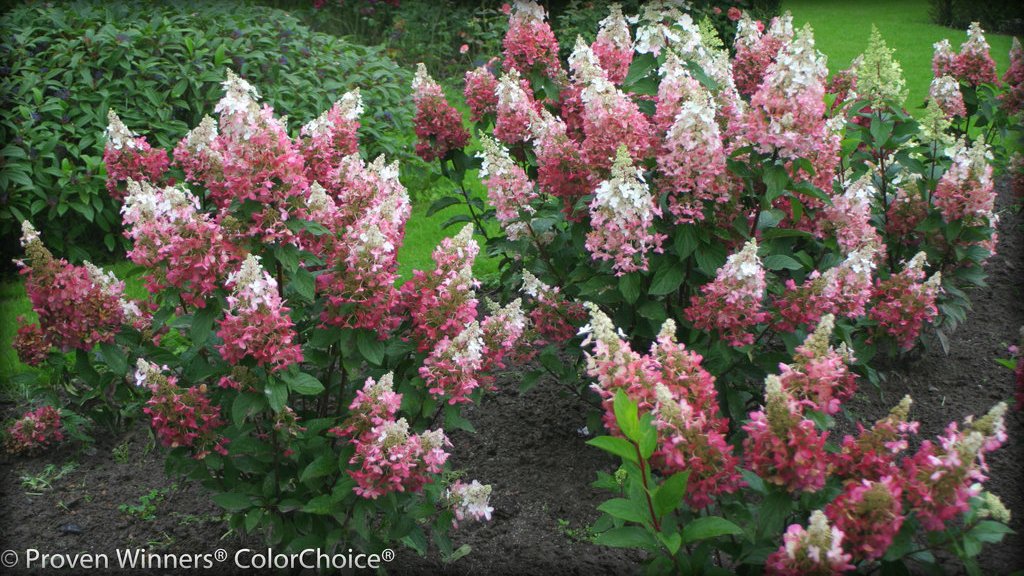
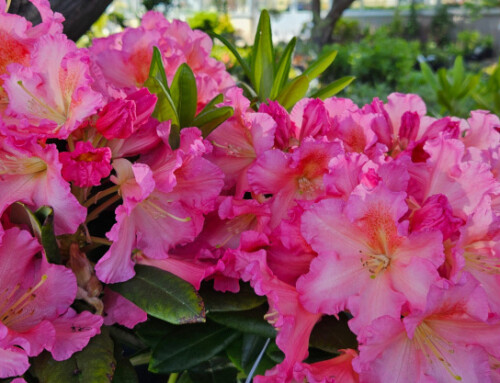
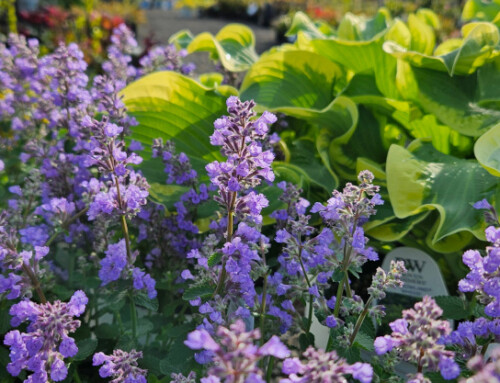
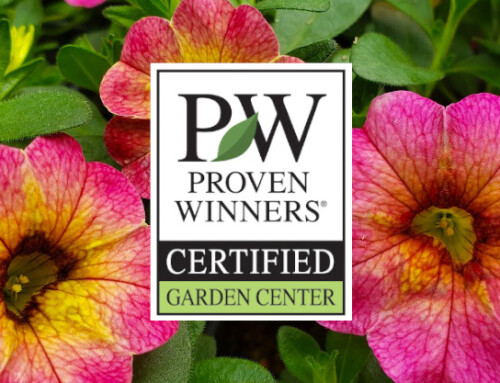

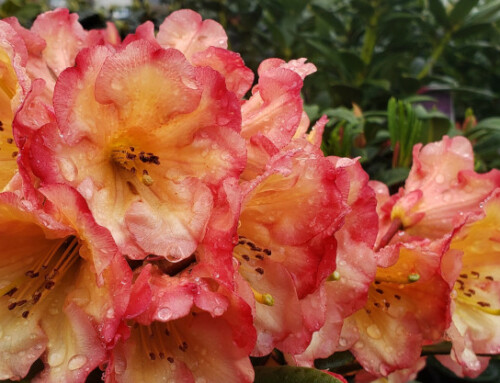
Leave A Comment